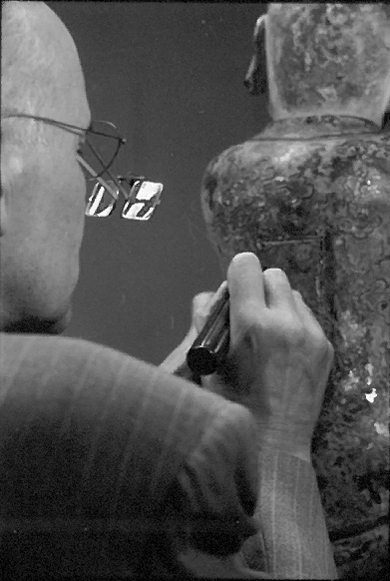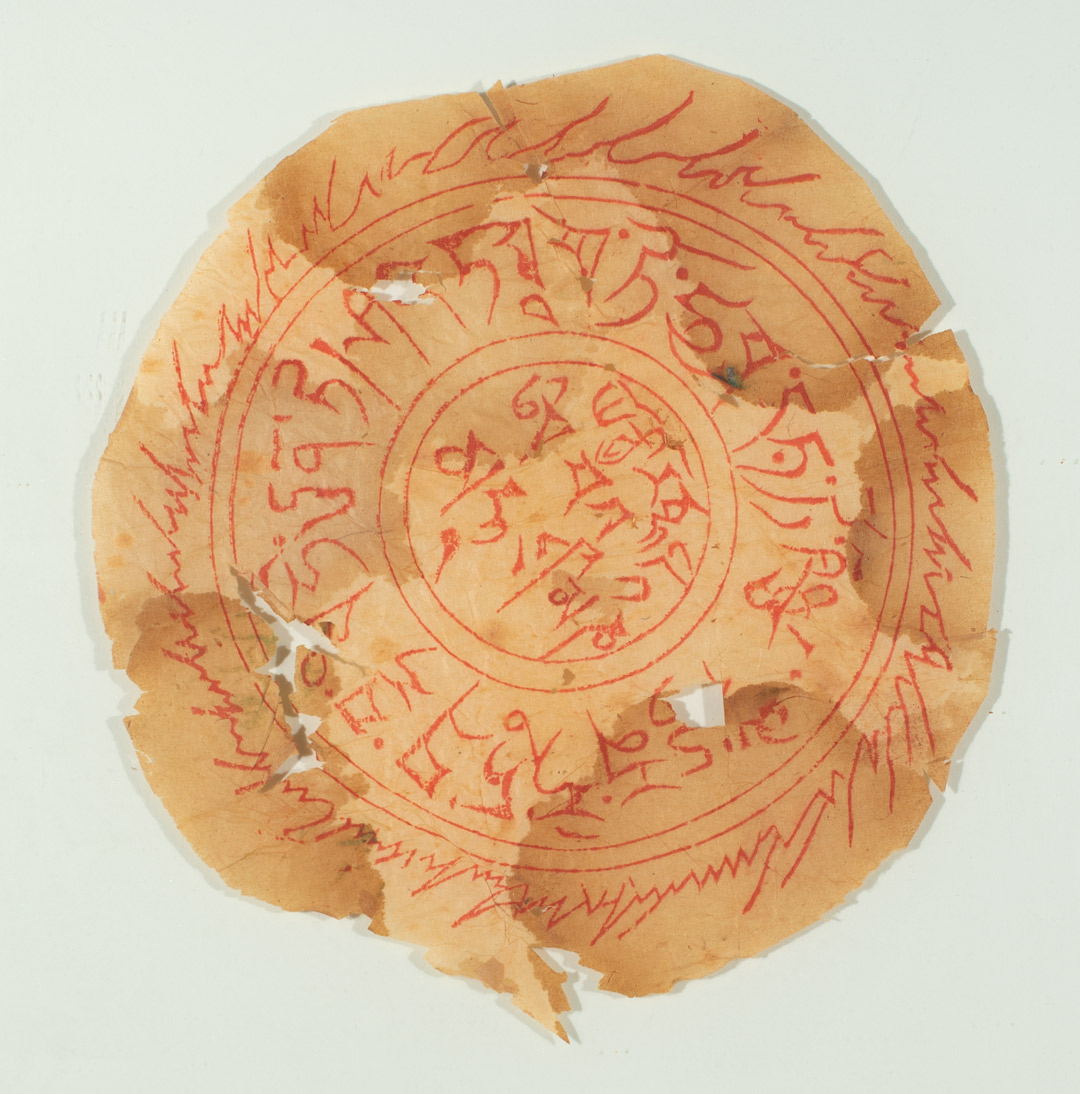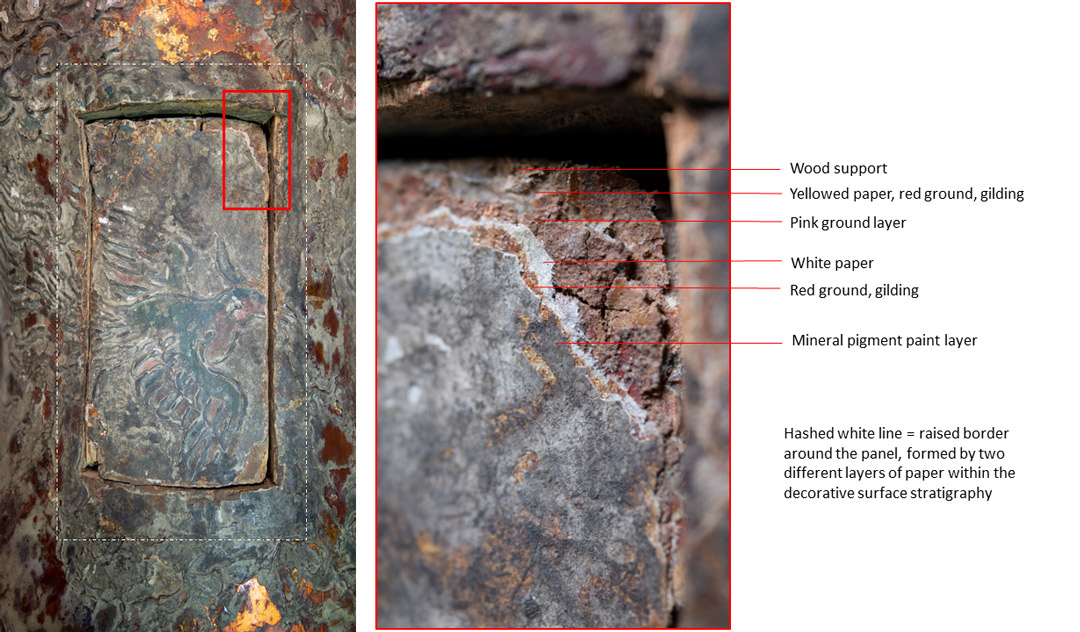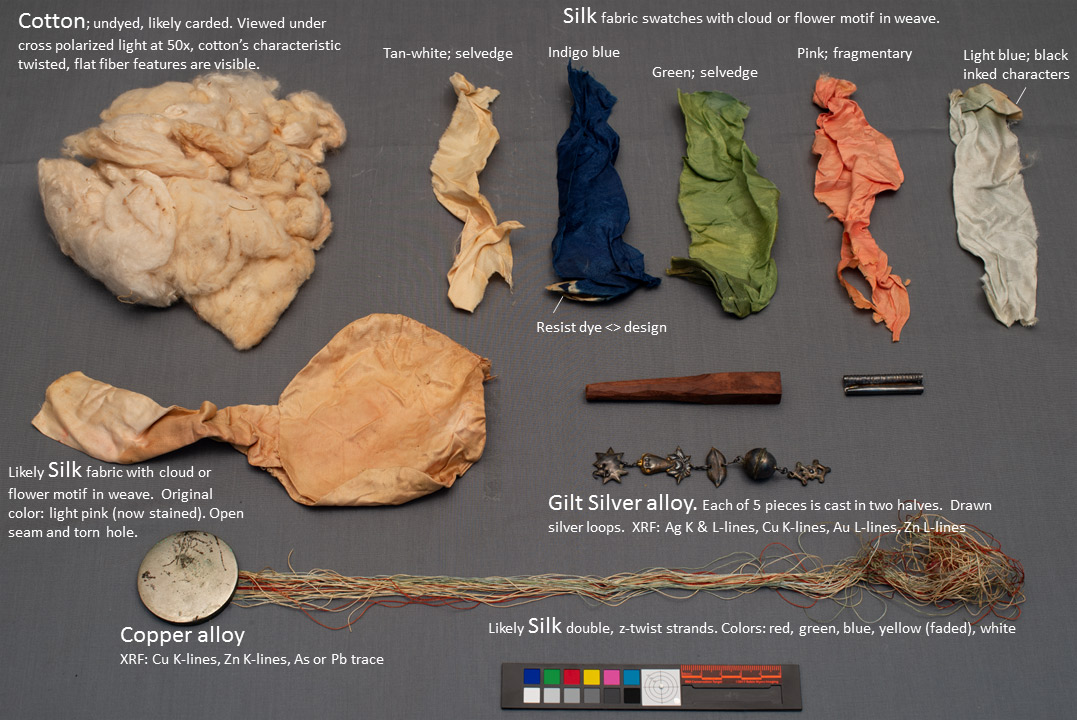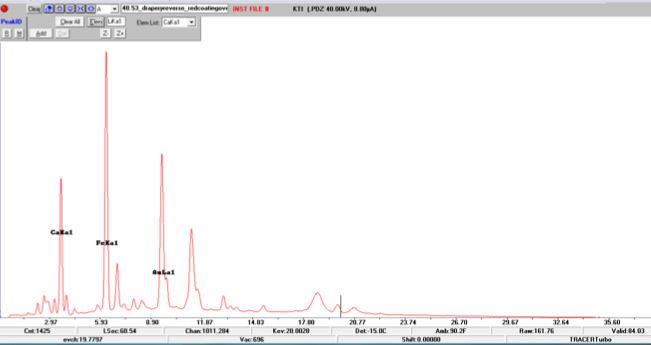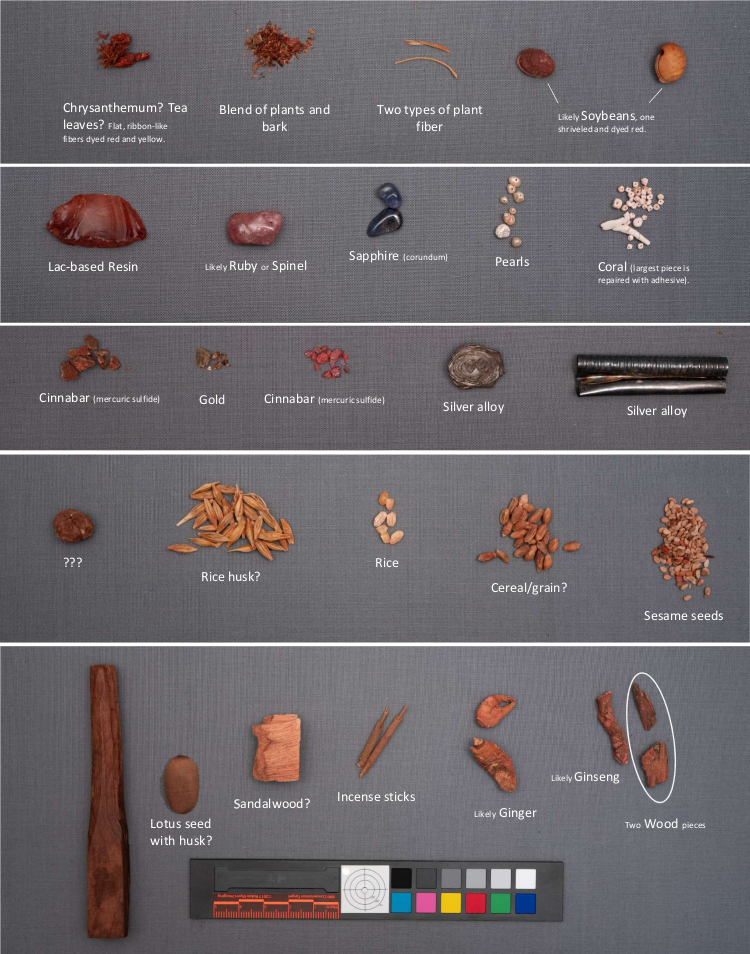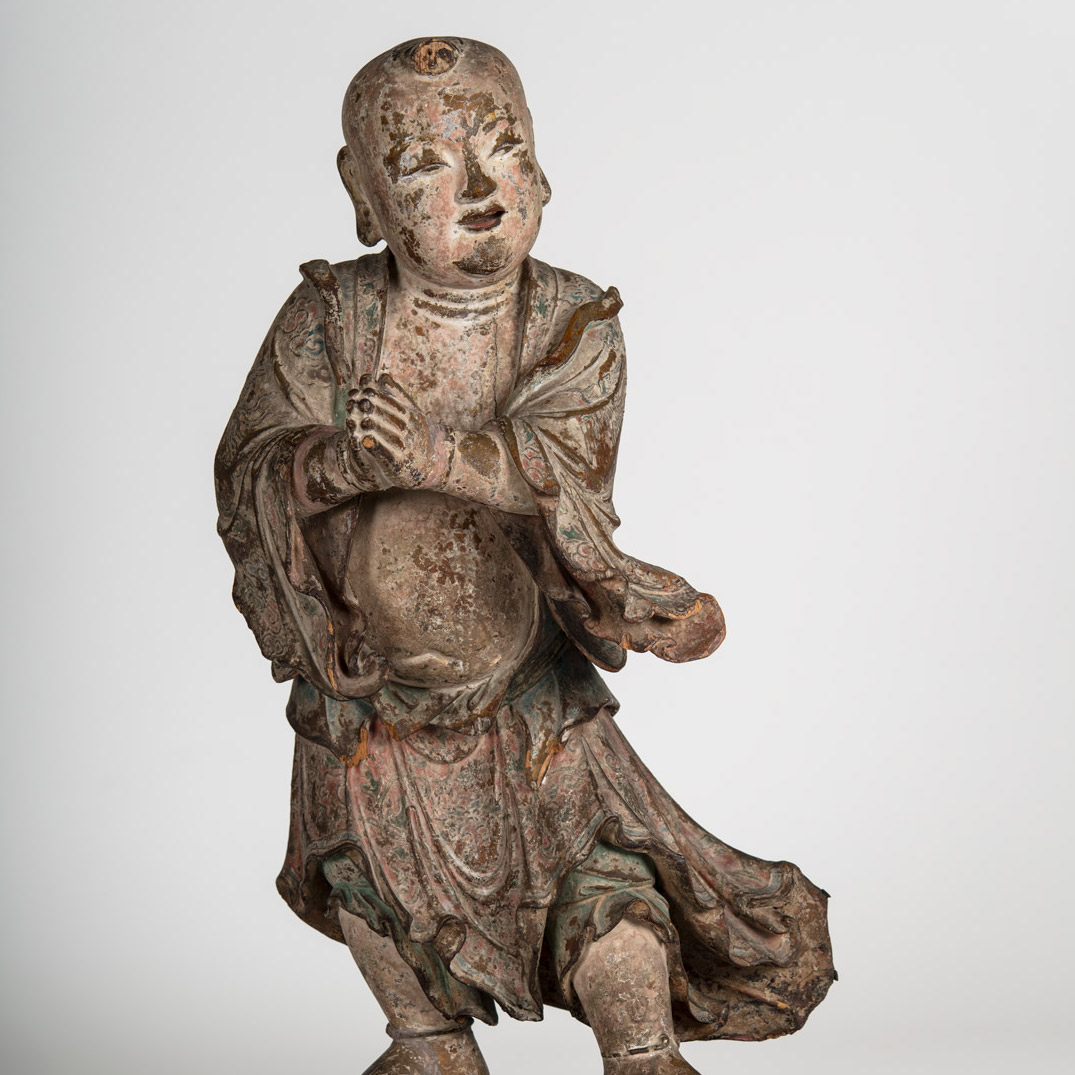
Attendant to Guanyin
16th–17th century, Wood, polychrome, gilt, China, Ming dynasty (1368–1644), 48.53
In East Asia and the Himalayas, priests often deposited sacred materials like relic grains, rosaries, incense, textile patches, and sutra texts inside the bodies of Buddhist sculptures, and then sealed them up during consecration ceremonies. This boy has a compartment at the back of his torso containing metal objects representing body organs, sheets of paper with Tibetan characters, and five objects of unknown meaning dyed in various colors.
